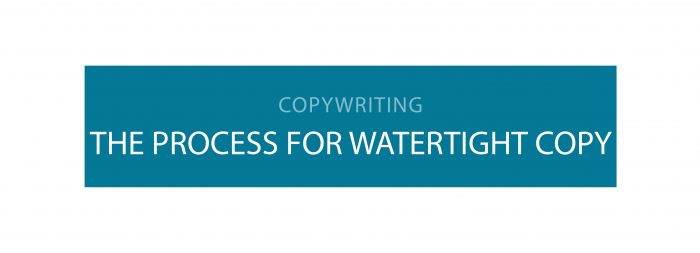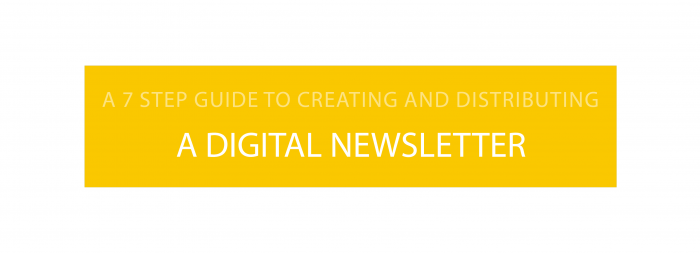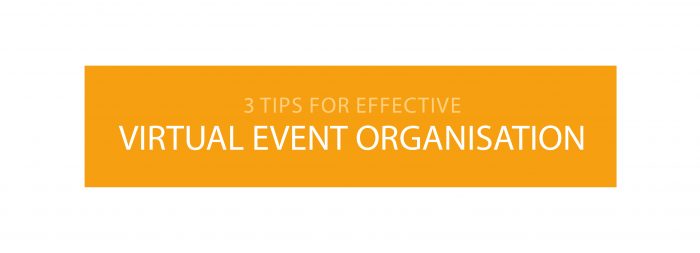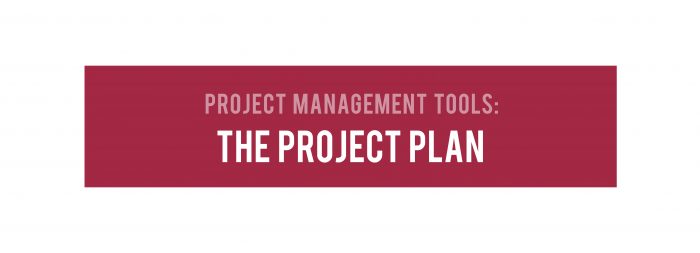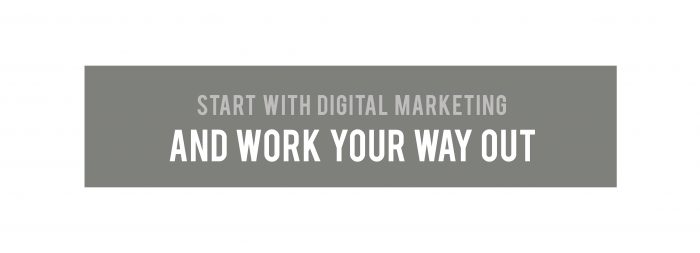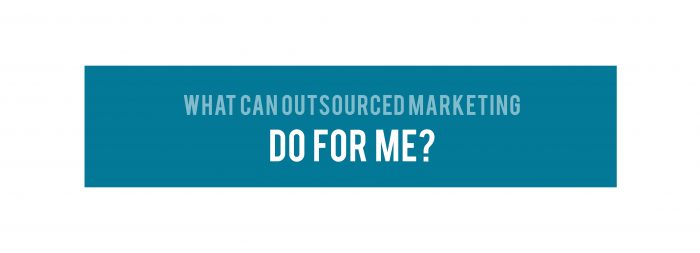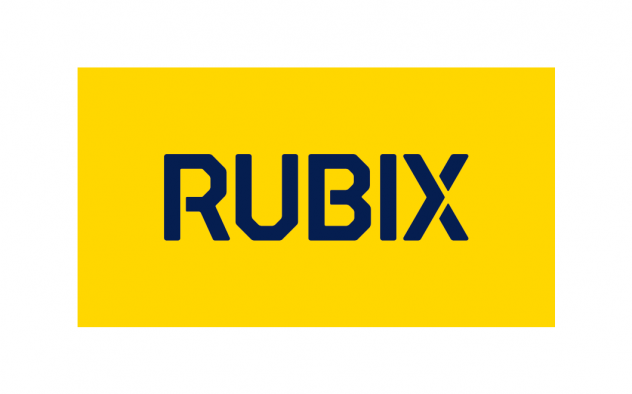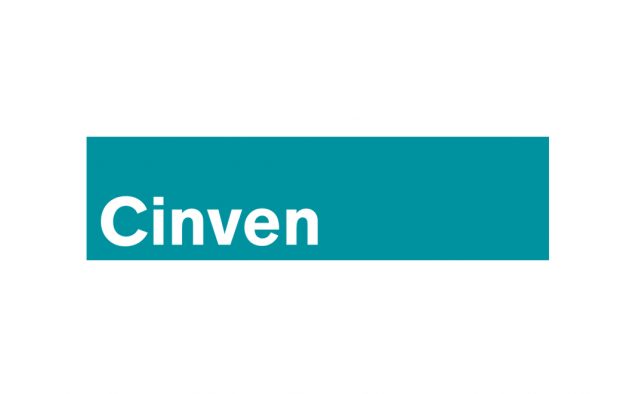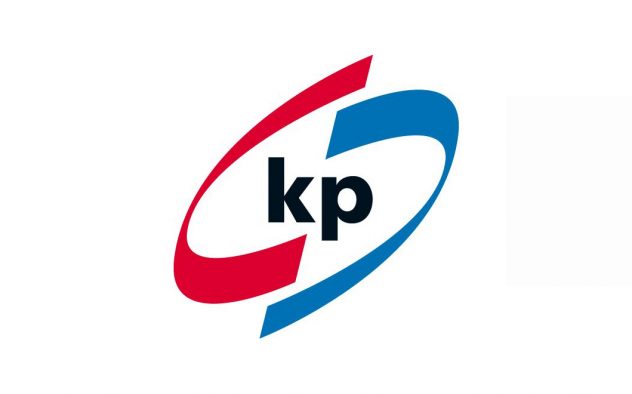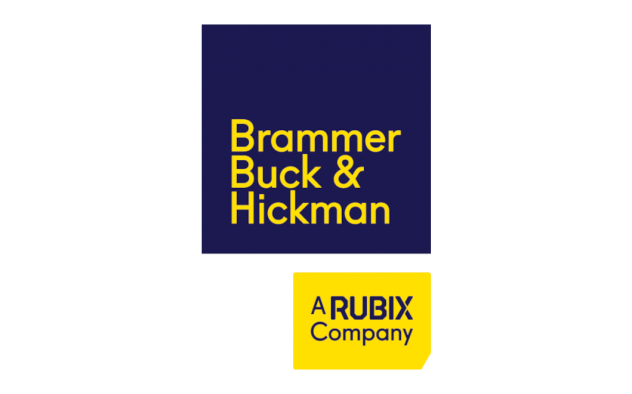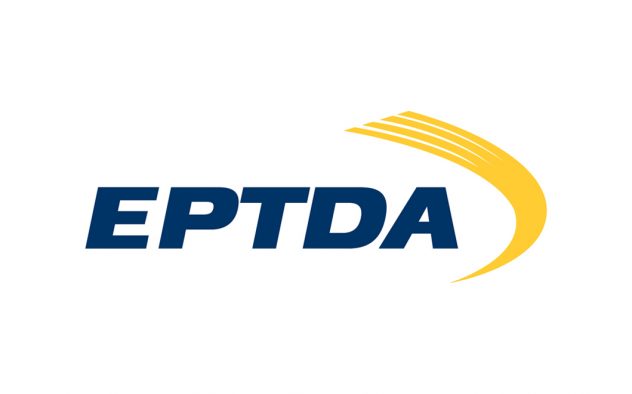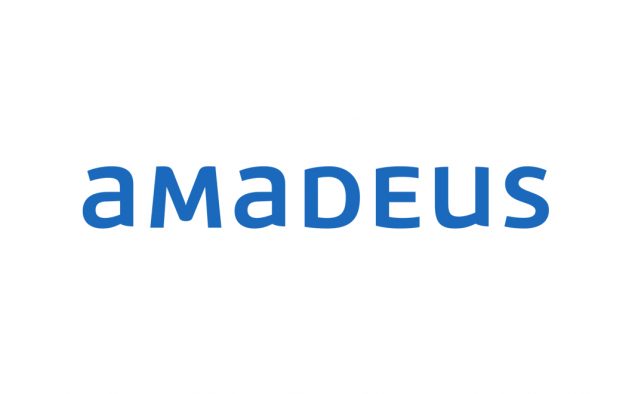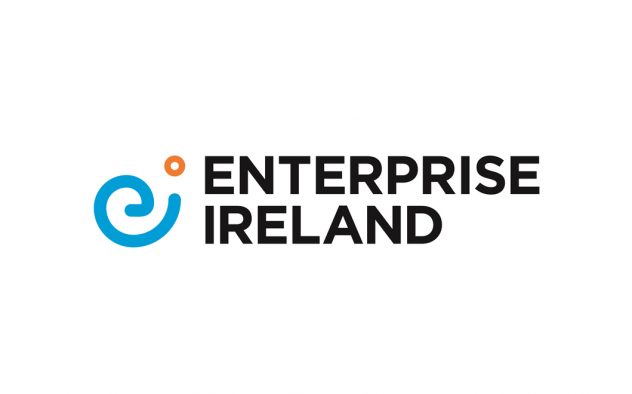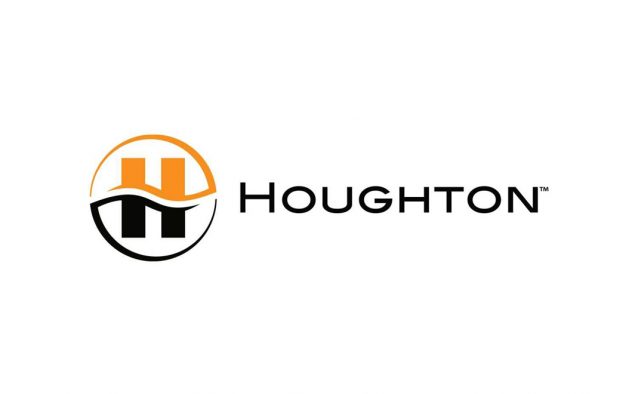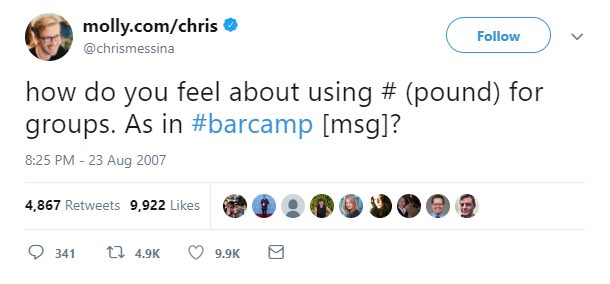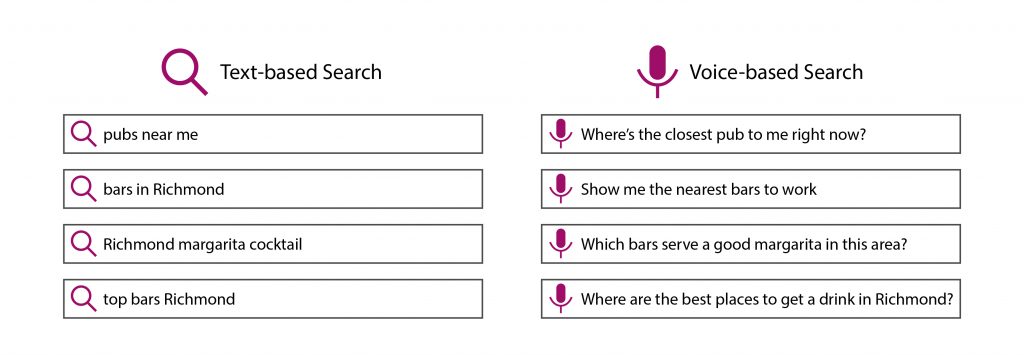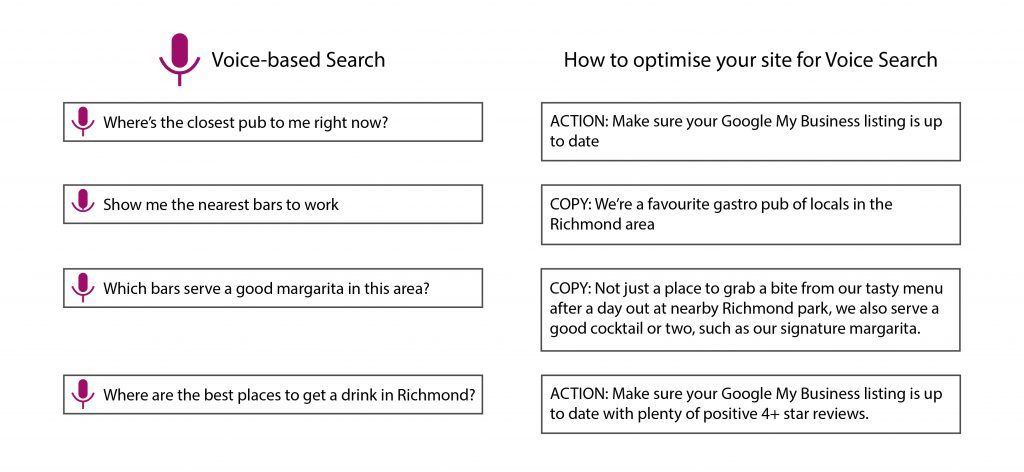‘Where is the knowledge we have lost in information.’ T.S. Elliot – The Rock
Now, more than ever, all forward thinking enterprises realise the vital necessity of understanding their markets, customers, prospective customers, competitors and the environmental drivers which shape them all.
Yet now, more than ever, with data analysts, analytics and big data all just a fingertip away, those thirsting for this intelligence in the information supplied by these analysts and even specialist research organisations find themselves frustrated by their inability to deliver the key insights and competitive advantages that they are desperately looking for.
Why is this, and how can this situation be resolved?
In fact, the last thing this starts with is information. What you do not want, need, hunger and thirst for is information, even if you think you do. The problem for you and for businesses like yours in this, in the first quarter of the 21st century, is not too little information it is far, far, far too much. You, like most of us, are drowning in information.
In fact, the last thing this starts with is information. What you do not want, need, hunger and thirst for is information, even if you think you do.
What you want is intelligence.
That gleaming nugget of data, that essence distilled from the reams of information that provides the inspiration which enables you to develop the original, informed, insightful, and unique strategic response.
But you will be very lucky indeed if those responsible for your market intelligence, analysis and insights are able to fulfil this requirement, and especially if you start from the normal starting point for a research project, the research brief.
In fact the best starting point is too often missed by those responsible for drawing up the brief. You need first of all to consider your key strategic objectives. Implicit within these will be key questions that you need answers to if you are to realise those aims, mission and objectives.
You need to begin by finding a way to articulate these questions and this is especially challenging as they relate to what you don’t know rather than what you do. However it is worth persevering with as it is these questions that will inform your initial specification of requirements in relation to research and the key intelligence that you need to derive from it.
Once you have these you can then turn your attention to the research brief. A good research brief, well grounded in the key strategic issues facing the company, will set out:
– A problem or issues statement noting exactly what it is that the research seeks to address.
– A clear understanding of how the results will be applied commercially.
– The research objectives which state clearly and concisely the information that is required.
– Terms of reference for the study covering areas such as who is to be interviewed, the size of the sample, the start and stop dates, and any other mechanical or process issues. And finally and most importantly:
– The de-brief requirements.
All of these elements are important but it’s this last point in the brief that is one of the major keys to the relative success of the whole research project and the key to getting the very best ROI on your research investment.
You need to state that you want to see not simply the reporting of their findings and the information involved, but their analysis too. You want them to begin to prompt and provoke your thinking and the thinking of your colleagues by making recommendations, highlighting insights, challenging existing interpretations and, yes, even being provocative.
You need to state that you want to see not simply the reporting of their findings and the information involved, but their analysis too.
And you must demand that the pick out the kernel of intelligence that you are seeking in the detail of their de-brief report.
You must then demand a de-brief workshop that builds on their presentation and, ideally, facilitated by them so that they can provoke, challenge, suggest, recommend and lead you to develop your strategy, plan, tactics, positioning, or whatever it is that you need to do to make the research data actionable, practical and of direct and immediate use to your organisation.
For sure many responsible for doing gathering data will balk at this proposal, but some will relish the challenge. And it is those that can help you realise and capitalise on the true value of your intelligence investment. Only then can you begin to recover the knowledge you have lost in the information.
 Coussins Associates have been providing outsourced marketing services for over 25 years – yikes! Our clients enjoy the benefits of an easily scalable resource, no fixed costs, no hidden overheads and a team that can not only devise solutions and manage projects, but also take on downstream work such as research, copywriting and design management. All seamlessly integrated to provide a win-win solution – in-house marketing resources with outsourced cost savings.
Coussins Associates have been providing outsourced marketing services for over 25 years – yikes! Our clients enjoy the benefits of an easily scalable resource, no fixed costs, no hidden overheads and a team that can not only devise solutions and manage projects, but also take on downstream work such as research, copywriting and design management. All seamlessly integrated to provide a win-win solution – in-house marketing resources with outsourced cost savings.
To find out more about our outsourced marketing services, read more here, or click here to pop us an email.

 Coussins Associates have been providing outsourced marketing services for over 25 years – yikes! Our clients enjoy the benefits of an easily scalable resource, no fixed costs, no hidden overheads and a team that can
Coussins Associates have been providing outsourced marketing services for over 25 years – yikes! Our clients enjoy the benefits of an easily scalable resource, no fixed costs, no hidden overheads and a team that can

